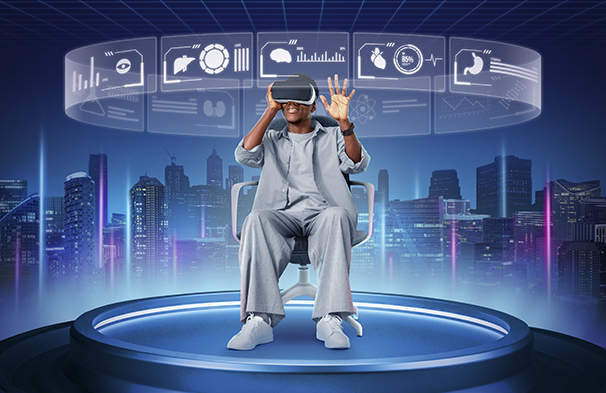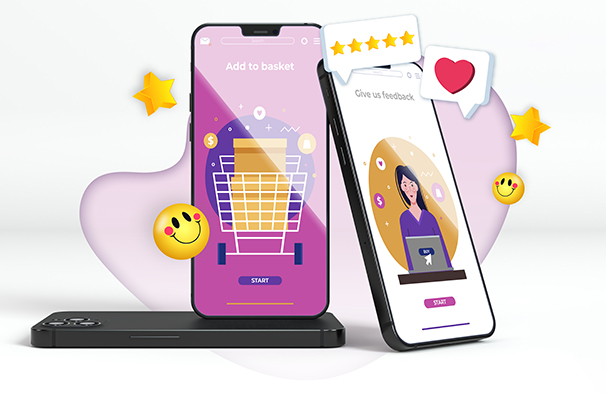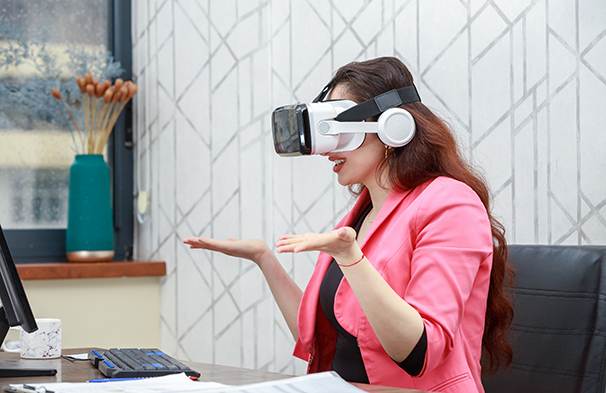virtual stores
As consumer behaviors and expectations are evolving, the e-commerce interface is evolving too. A virtual store is a new type of digital shopping experience that provides a much higher level of engagement and immersion for the customer. At the simplest level, virtual stores are 3D, 360 full-page visual experiences that live on a brand’s e-commerce site. Customers can navigate around the virtual store on their phones or computers, similar to how you would browse around a real-life store. Products are visually merchandised within a virtual store, and customers can ‘pick up’ a product as they move around.
Why are virtual stores needed?
The e-commerce interface has not evolved from the monotonous grid of thumbnails on a white background – created by Amazon 25 years ago to sell books. Most e-commerce sites emulate this database of products on a page that creates infinite scrolling for the consumer. The traditional online shopping interface presents every brand, product category, and collection in the same way.
Virtual stores, on the other hand, offer an experiential online shopping experience that is visual, creative, contextual and curated. The graphical interface inspires consumers with an immersive, and discovery-driven brand experience online, instead of the dry grid. With a virtual store, custom design is possible for every brand, category, and collection. Contextual environments can be created that bring products to life by showcasing them in varied environments, enabling customers to visualize their usage. Virtual stores utilize CGI (Computer Generated Imagery) technology, similar to what is used for special effects in movies, but here in real-time for the purposes of shopping.
Virtual stores are also valuable for providing analytical data and insights into consumer behavior.
Types of Virtual Stores
There are many ways to add immersive experience to an online store. ScienceSoft wants to share the most viable types of virtual stores that we commonly implement.
Virtual try-on

Helps digital shoppers visualize the fit and match of virtual items and make product choices confidently.
Virtual try-out

Helps digital shoppers visualize the fit and match of virtual items and make product choices confidently.
Live video consultations

Helps digital shoppers visualize the fit and match of virtual items and make product choices confidently.
3D webstore

Offers customers to interact with 3D models of items, explore them from any angles, zoom in/out, rotate, customize (change the color, material, etc.) and see the result instantly. Builds confidence in product choices.
Interactive user manuals

Provide contextual support to customers using the product and respond in real time to their actions. Build deeper product knowledge, ensure much faster product adoption and support the customer’s confidence in their purchase decision.
Virtual reality store

Creates virtual tours for in-store visitors, most commonly to differentiate the brand and build stronger emotional connection with customers. Requires VR hardware to launch.

